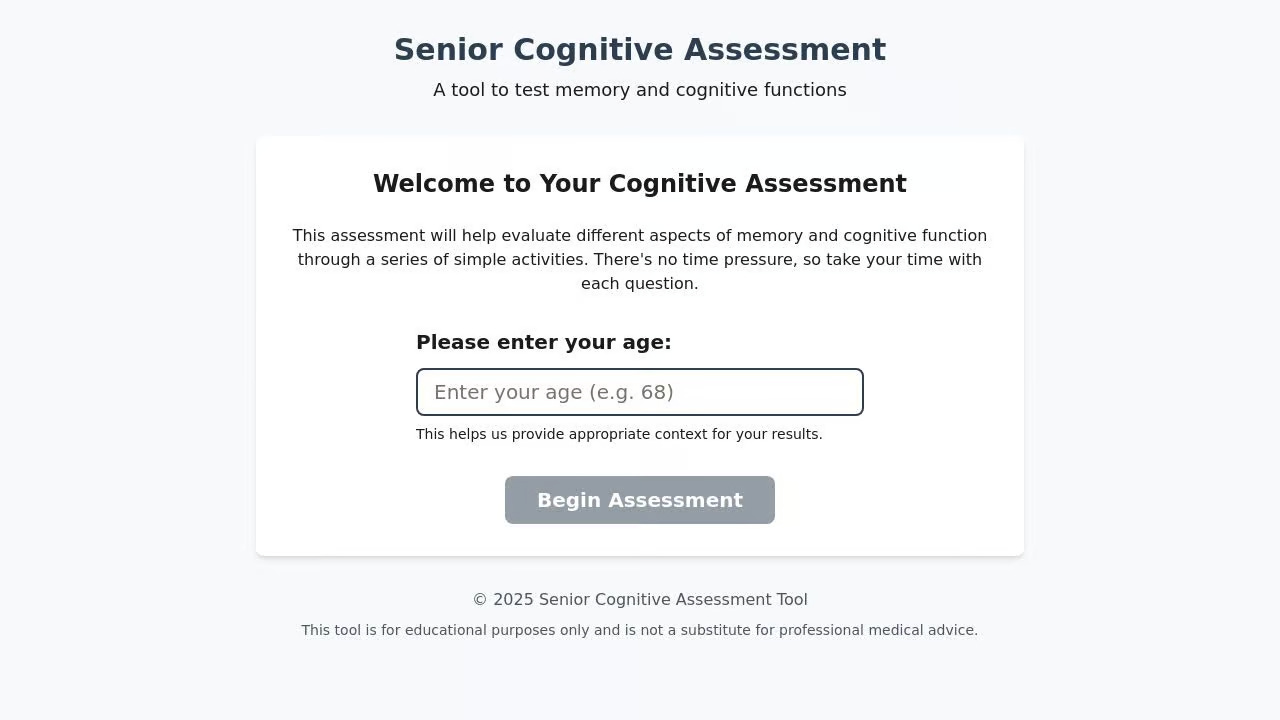AI Coding: No Coding Required!
In Short:
Design Thinking Meets AI: Students follow a standard design-thinking approach, but AI handles many routine tasks.
Lower Barrier to Entry: Secondary students use generative AI tools (e.g., Replit Agent, AI search engines) to prototype real sustainability solutions.
Focus on Agency & Integrity: Research suggests “cheating culture” and motivation matter more than AI usage frequency in predicting plagiarism.
One of my favorite recent studies examined ChatGPT and plagiarism in Spain. The authors found that “a higher frequency of using ChatGPT for academic purposes does not necessarily lead to a higher likelihood of plagiarism,” instead it is “certain personal variables…such as being involved in a cheating culture or experiencing amotivation, that cause the likelihood of plagiarism to increase.”
I love this conclusion because it means teachers have a powerful role to play, to influence students to use their newfound AI empowerment for good. The challenge lies in creating a school culture that promotes agency, integrity, and empathy; furthermore, as more and more of knowledge acquisition is done through AI tutors, there is a strong case to be made that enculturation will become the most important contribution of education to society.
A very direct way to do so is to teach students to build something that supports Sustainable Development Goals. This has been a typical assignment at the undergraduate level, but GenAI assistance has made it feasible for secondary students to try their hands at similar problem-based and project-based learning. Here’s a course I’m currently piloting, which uses AI to help non-coders create local SDG solutions.
Overview
Course Theme: AI Coding x Sustainability Solutions
Grade: Form 3-5
Teacher/TA/student ratio: 1 vs. 3 vs. 30
Duration: 24 hours
How It Went Down
This course is essentially a design thinking course, except everything is sped up because a lot of the work is done by AI. Nevertheless, students have to understand and synthesise information in order to deliver their presentation: the tasks are complex enough and spread across several AIs, that they cannot just prompt the AI once and hand in something AI-generated.
What Students Built
The course’s learning focus isn’t really the coding, rather it is the skill or mindset of using AI to study a problem, think of solutions, then turning them into reality. The primary assessment criteria is in how well they explain and justify their ideas, followed by how well their solutions work.
Here are some ideas that the students had:
SDG 3: Ensure healthy lives and promote well-being for all at all ages
An AI menu analyzer to help people choose low-sodium meals
A free cognitive test for the elderly based on peer-reviewed content, to detect cognitive decline
SDG 4: Ensure inclusive and equitable quality education and promote lifelong learning opportunities for all
An app for students with reading disorders, to hear their textbooks read out loud by taking a picture of the page and voicing it with AI
What I Learned
It was a great experience. Teaching design thinking and thematic studies this way is almost relaxing because AIs take care of a lot of the students’ simple questions. Other than the usual sessions introducing concepts and explaining how to use the AI tools, much of the class hours were spent on self-directed research, building, and presentation preparation.
My TAs and I rotated through the groups, made sure they were on task, gave advice and deeper explanations when needed, and relied on regular presentation rehearsals every other lesson to establish cadence and momentum.
Constant prodding from trainers plus the “threat” of having to stand up to present to class was enough to keep the students working, and I’d rate most of their output at a weak-to-mediocre undergraduate level—for high schoolers, that’s already an impressive achievement.
If I had to scale this to larger classes or fewer teachers, I would reduce the open-endedness, such as preparing a set of ideas/apps they have to choose from instead of letting them freestyle; that allows me to curate relevant tutorial videos for them to follow, essentially using YouTube to replace TAs.
In the next edition…
Teaching students how to prepare for interviews and polish their self-introductions with AI.
Send us your AI in Action questions, use cases, and ideas at info@goodfuture.foundation!










